SE Portland
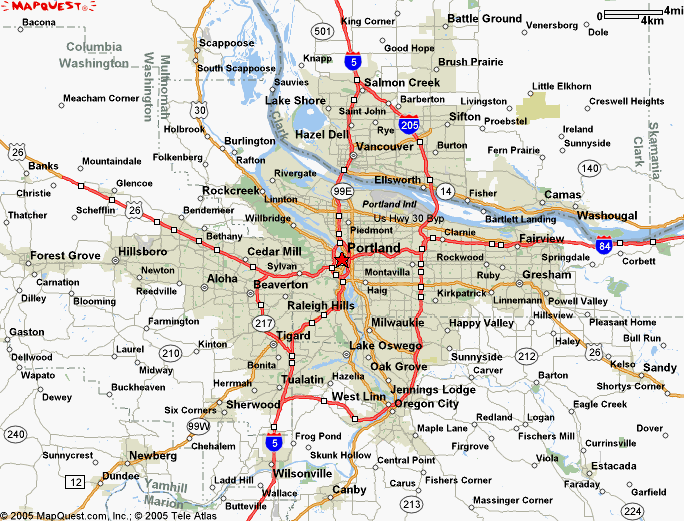
Out Magazine calls Southeast Portland “the Capital of Cool”. They might just be right. Southeast Portland is HUGE! It spans from the river to Gresham and Burnside to Happy Valley. While Northwest Portland is considered the most traditional of the Portland sextants, Southeast is the hippest and coolest.
“The obsession with small-batch living didn’t begin in Brooklyn, as some might have you believe. Oregon’s Portland deserves all the credit, starting with its craft-beer movement in the 1980s. Since then, PDX — locals refer to the city by its airport code — has always been three steps ahead, championing handmade commercialism in all facets of life, from food to home goods. The most enthusiastic flag-bearer of that spirit: its southeast quadrant. With cheaper real estate, a new public transportation link to the west side, and a large sprawl to redevelop, this area is the sweet spot for entrepreneurs and a test site for some of PDX’s established brands.” Out Magazine
Fodors says, ” Packed with shade trees, Craftsman-style houses, and backyard chicken coops, this neighborhood is industrial close in (the river to 7th)—an increasingly trendy food and retail district known as the Central Eastside, which has also lately blossomed with top-quality artisanal distilleries and urban wineries—and middle- to upper-middle-class residential farther out (8th to 82nd)…”
On the Willamette River, the (former mayor) Vera Katz Eastside Esplanade connects the east side with downtown over several historic bridges – the Hawthorne, Morrison, Burnside, and Steel Bridges. The Esplanade features public art, native plants, and a hiking loop from the eastside to the west and back again.
The Oregon Museum of Science and Industry (OMSI)is a kid-centric science museum with plenty to do for adults. Large, traveling science exhibitions visit regularly, the USS Blueback (a decommissioned, Barbel-class submarine) and the planetarium make OMSI a fun day for all.
Science-focused people will also enjoy the park atop Mt. Tabor, an extinct volcanic cinder cone and reservoir. TravelPortland says, “This popular park features expansive views, picnic areas, natural-surface and paved paths, a dog off-leash area, a playground and a performance stage, plus tennis, volleyball and basketball courts.”
The Leach Botanical Garden is not a secret, but it isn’t crowded, either. The Leach Gardens are considered a “gem” in Portland’s crown. Nestled in Lents, the green paradise is home to more than 2,000 different species of plants. With a fascinating history, the gardens provide a backdrop to the stone cottage and Manor House (and gift shop). Visitors may stroll along the paths and also rent the Gardens for events.
From the river to about 10th is an industrial area with gems of its own, like Free Geek, sprinkled throughout. Artisanal distilleries and breweries abound in the Southeast, especially close to the river.
From the river to Woodstock and Mt Tabor is considered “Inner Southeast” and has the hip vibe all locked up. In this area are several discrete, trendy, and eclectic shopping districts secreted in residential areas, such as Division/Clinton, Hawthorne, and Central Eastside and several standouts toward Sellwood. Boutiques, galleries, and thrift and antique shops make Southeast a shopping haven.
Toward Gresham to the east, Happy Valley to the southeast, and Milwaukee to the south, Southeast Portland is tree-lined suburbia with homes of wildly different price points. Laurelhurst and Eastmorland top the charts and Foster-Powell and Lents being on the more economical end. Many of these homes, on both ends of the spectrum, are very old, some from even the 1800’s when the original settlers/owners came to Oregon in wagons. Further out, newer homes were built, growing younger as one travels further east until meeting older Gresham. Touring the area, dip into the smaller side streets to find pockets of little gem neighborhoods!
Cross posted on my office site
S Portland

Since 1931, Portland has been a town of quadrants: Northeast, Southeast, Northwest, Southwest, and North, which didn’t fit but was still the fifth “quadrant”. At the time, few people lived in the area now called “South” so it just became a part of Southwest. In 2006, several Southwest Portland neighborhoods banded together and called themselves “South Portland” but it was, by no means, official.
In 2018, however, the city council and the Portland Bureau Of Transportation (PBOT) decided that a sixth area be added to the street designations. The reasoning was that many addresses in the Southwest actually began with a 0 because buildings were erected after the address numbering had stopped. This was causing confusion and delay for deliveries and, more importantly, emergency response units.
According to PBOT, the “former area of Southwest Portland east of SW Naito Parkway and SW View Point Terrace. Due to the eastward curvature in the Willamette River, east-west addresses in this area were previously addressed with a leading zero address to differentiate them from addresses west of this dividing line. About 8% of Southwest Portland addresses prior to the creation of South Portland were in this leading zero addressing area.”
Per the city’s Public Broadcasting Station, OPB “The new South Portland occupies a strip of land shaped like a pointer finger along the west bank of the Willamette River.
The area includes roughly 10,000 addresses and properties in the South Waterfront, Collins View and Riverdale neighborhoods…The river is the eastern boundary of the South District, while Southwest Naito Parkway and the Tryon Creek State Natural area are the western boundary.”
The Pamplin site points out that “Two major institutions are affected. Oregon Health & Science University South Waterfront outpost will be at 3301 S. Bond Ave. rather than Southwest Bond Avenue. Lewis and Clark College will no longer be found at 0615 S.W. Palantine Road, but at 615 S. Palantine Road.
Along the banks of the Willamette, several high end, high rise condominium complexes have been affected by the change, as well as diverse residential neighborhoods to the south. The entire South Waterfront district is now in South Portland.
Starting in May 2020, the city’s addressing plan will take the next five years to switch out all of the street signs in question. All applicable street signs marked Southwest will be replaced by 2025. The US Postal Service will still deliver mail to those affected by the address change, even if they use the old numbering system.
“This will probably not stop many Portlanders from referring to this area as the sixth “quadrant” of the city, even though a quadrant signifies one of four parts. It’s a designation that the Portland Bureau of Transportation acknowledges.
“Many Portlanders do prefer to call the city’s address areas quadrants regardless of the total number,” the agency announced in a press release. “In this spirit, PBOT will also informally recognize sixth quadrant as a designation for the new part of the city,” states Oregon Live the website for Portland’s newspaper, The Oregonian.
SW Portland
Per Wikipedia, “Sprawling Southwest Portland is home to Downtown’s upscale dining, food carts, and indie boutiques, plus the Portland Art Museum, with Native American and contemporary work. Washington Park has polar bears and elephants [at the] Oregon Zoo, rose beds in the International Rose Test Garden, and Mount Hood views from the Portland Japanese Garden. Woodland trails run through forested Tryon Creek State Natural Area.”
Once visitors pass through the Vista Ridge Tunnels, Southwest neighborhoods resemble the United States’s version of stereotypical suburbia. They often feature streets that wind up and down hills with no sidewalks, well-established landscaping in large yards. Diverse communities like Burlingame, Bridlemile, Collins View, Multnomah Village, and Hillsdale consistently score high in the lists of Portland’s hottest neighborhoods with some unique homes and defined commercial districts.
Most of Portland’s governmental, judicial, business, and cultural resources are located downtown giving what may not be considered to be a booming megalopolis, a definite cosmopolitan air. The Arlene Schnitzer Concert Hall hosts traveling Broadway shows and concerts.
Portland State University is also located downtown and totally accessible by public transportation.
Of architectural note, the Wells Fargo Center is the tallest building in Oregon (546 feet [166 m]). The Portland Building was designed by Michael Graves and is considered to be the first Post-Modern office building. It is the setting of the famous Portlandia statue. The white Jackson Tower, built in 1912, is the backdrop of the Portland Christmas tree in Pioneer Courthouse Square during the holidays and it on the National Register of History Places. Also on the National Register of History Places is the Richardson Romanesque Pittock Mansion displaying what luxury at the beginning of the 20th century looked like. Pioneer Courthouse was built in 1875 and is now the heart of downtown. Architect A.R. Doyle designed both the U.S. National Bank and the Multnomah County Public Library in 1916 and 1918 respectively. Elegant Union Station, built in 1896, boasts a sharp neon sign instructing passers-by in Old Town to “Go By Train”. The most visible highlight of the Portland skyline is the US Bancorp Tower, also called “Big Pink” which was built as a parallelogram, looking either short and squat or tall and lean depending on the angle it’s viewed from, say Tracey and Michael.
Oregon Health & Science University is connected to downtown by the Portland Aerial Tram, which the Seattle Times says offers “A staggering view”. “Pill Hill” (Marquam Hill) not only hosts the university but also a level 1 trauma accredited general hospital and Doernbecher Children’s Hospital is a children’s hospital that specializes in pediatric medicine and care of children with long-term illness. The university maintains a number of outpatient primary care facilities including the Physician’s Pavilion (https://en.wikipedia.org/wiki/Oregon_Health_%26_Science_University).
Portland’s eruv, established in 2009 as part of Portland Kollel, covers much of southwest Portland.
Parks abound in the southwest sextant. Tom McCall Waterfront Park hosts concerts and splash pads for summer relief. The South Willamette Riverfront is a Portland gem with cherry trees, walking and bike paths, and newer condominiums, as well as the OHSU tram entrance. The South Park Blocks and the Pettygrove and Lovejoy Fountain Parks also offer a respite from the heat of summer. The Skidmore Fountain area hosts the Saturday Market, a seasonal arts and crafts showplace and sale for local artisans.
Old Town and Chinatown cross the Northwest/Southwest border of Burnside. Old Town ghost tours cover shanghai tunnels and some of the most “haunted” places in Portland. Chinatown is closed to cars on the weekends and is the home of one of Portland’s infamous Voodoo Doughnuts shops.
Cross posted on my office website.
NW Portland
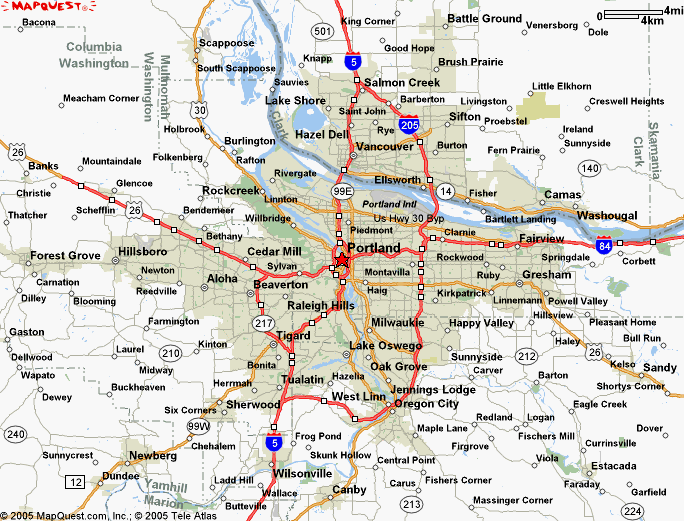
Most Portlanders describe the west side as more traditional than the other sextants. It’s where you’ll find many of the city’s art galleries, public art, and oldest homes. The history of Portland began on the west side, so you’ll find some of the city’s oldest historic buildings there.
Northwest Portland has some of the city’s most desirable neighborhoods, including the Pearl District, Alphabet District, Kings Heights, and Willamette Heights.
US News and World Report says: Portland concocts shopping streets as only the Northwest can: Quirky, fun and chic. The best example of the region’s commercial eccentricity is NW 23rd Avenue. Don’t expect the skyscrapers of Michigan Avenue or the Italian designers of Rodeo Drive. Here, you’ll find homegrown talent — case in point, shop owner and Portlander Lynn Medoff, who creates fabric wonders in her dress boutique Lena Medoyeff. There are also special-interest boutiques, …. Plus, Portland’s easygoing attitude makes shopping along NW 23rd Avenue much less stressful.”
The Northwest quadrant of Portland is where the city was founded. As the area’s website Northwest District Association states:
In the 1850s sea captain John Couch laid out his land claim in the 200 x 200 foot blocks that became the southern and eastern part of our Northwest Portland neighborhood. Danford Balch settled north and west of the Couch donation claim farming his land. Danford however became famous for publicly murdering his unwanted son-in-law at the Stark Street Ferry and was the first person hung for his crime in Portland in 1859. By the 1870s, the eastern half of the Balch donation claim was subdivided and completed the Northwest neighborhood that we know now.
Because of its age, Northwest Portland is considered to be the most traditional area of the city and where so much of the area’s improvement has been focused, starting with the historical buildings and some of Portland’s hottest neighborhoods including the Pearl District, Alphabet District, Kings Heights, and Willamette Heights. Art galleries, public art, trendy shops, and an eclectic collection of new and old homes make Northwest a fascinating area.
Per PortlandBridges.com, “NW Portland has been given the official name the “Alphabet District” …. It signifies that the streets in NW run alphabetically, starting with Burnside, Couch, Davis…up to Wilson Street. The area specifically around NW 23rd Ave is technically called Nob Hill….”
The Northwest quadrant is home to Forest Park, more than ten square miles of native forest with seventy miles of hiking trails. It is one of the largest urban parks in the United States with more than 112 bird and 62 mammal species. The trails connect Forest Park with The Audubon Society Sanctuary, Pittock Mansion, and Washington Park. Several other smaller parks are in the quadrant as well.
Cross posted on my office website.
6 P’s for Wildfire Evacuation

A Quiet Sunday
I move a lot. But sometimes, I don’t want to ever move again.
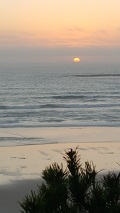
The UGB
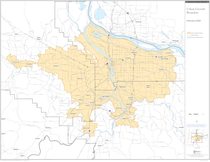
The Metro Council took a look around greater Portland and saw two things: Thousands of acres of vacant, developable land, and thousands of units of apartments under construction in Portland. That look combined an analysis by experts and computers showed that the region had enough land within its urban growth boundary to handle 20 years of growth.
Read more about the Urban Growth Boundary and download the Feb.2020 map.
If You See A Dog With A Yellow Ribbon Tied To The Collar, Here’s What You Need To Do
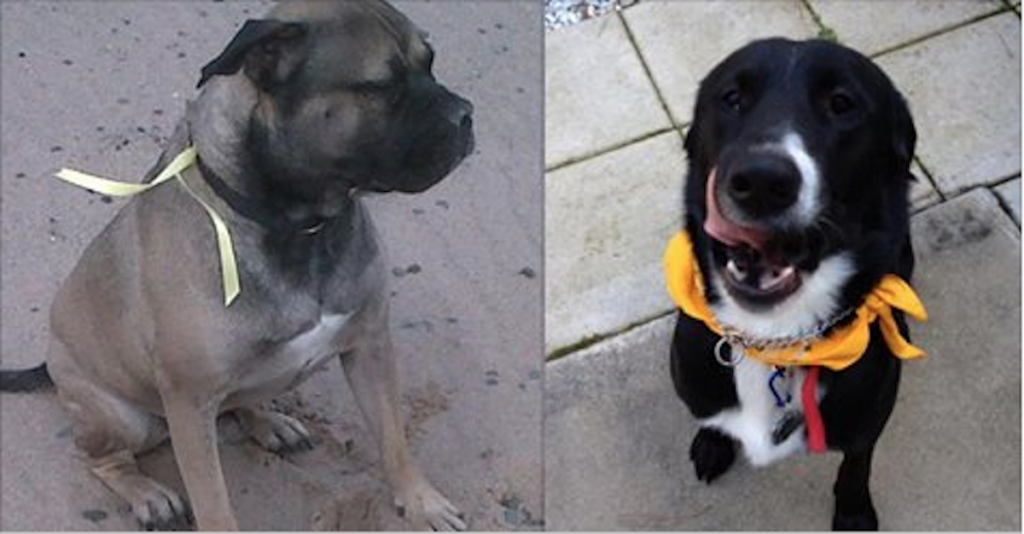
Who doesn’t love dogs? While some folks are afraid of them, dogs are the number one companion animal in many countries around the world. They’re fun, super playful, loyal – and they look absolutely fabulous when they’re showing off a brand new outfit at the dog park!
Fashion sense aside, running around and playing fetch with your furry friend at the dog park is a great way for both of you to unwind. You might even spot a new doggy friend off in the distance for your pooch to play with.
But, if you happen to spot a yellow ribbon adorning the other pup’s leash, there’s something important you need to know first. While it may seem like a fashion statement, there is actually a really good reason some dogs have this.
That yellow ribbon is actually a warning sign. Just like a yellow traffic light means that you should proceed with caution, a yellow ribbon tied to a dog’s leash carries the same meaning.

However, proceeding with caution doesn’t mean that the dog will automatically give you rabies if you happen to glance its way! It also doesn’t mean that they are necessarily aggressive. It just means you should probably walk, rather than run, towards the new pooch.
This is especially important for young children that want to cuddle with every animal that comes onto their radar, or for adults that are skittish around dogs. Dogs can be skittish and nervous, too! Especially when a stranger approaches their human-doggy pack.
The Yellow Ribbon Project is a a non-profit organization that was started in 2012 by Tara Palardy, of Alberta, Canada. She wanted to help bring about public awareness for parents of DINOS – Dogs In Need Of Space. That’s an easy acronym to remember, right?
The yellow ribbon actually means that the dog just needs some extra space! The pooch in question might be in the middle of being trained as a service animal, or he could have health issues. Humans have been known to be grouchy when they’re sick, so it’s no surprise that a dog might need some space when he’s feeling down.
The yellow-leashed dog could also be unfriendly to other dogs. Which is quite understandable – after all, you don’t like every human you meet, do you?
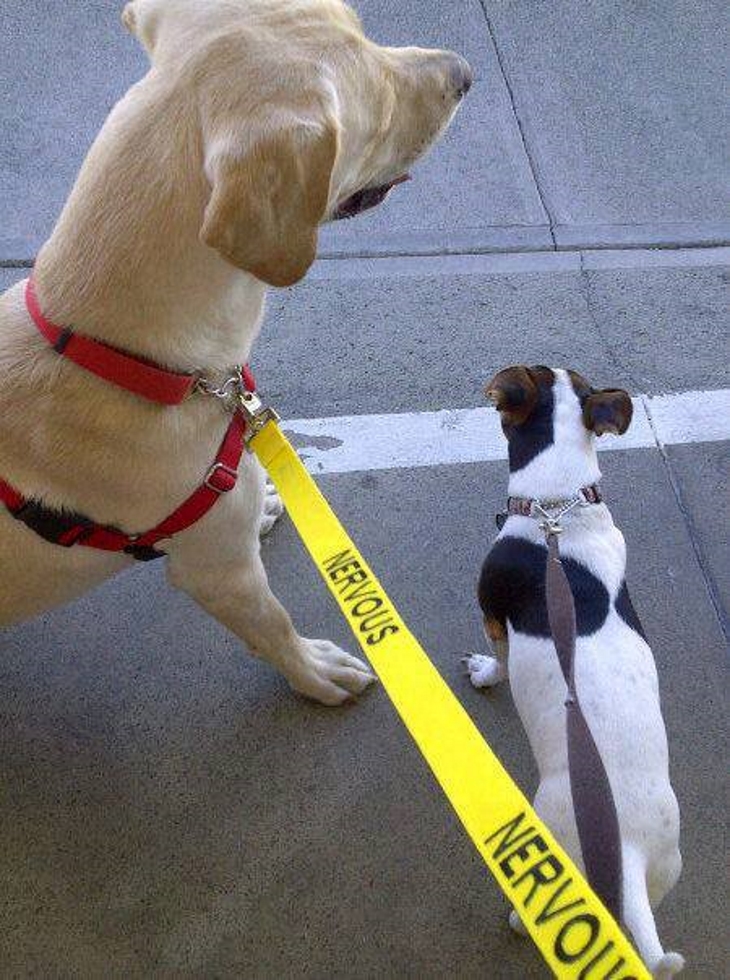
The Yellow Dog Project wants people to know tying a yellow ribbon on your dog’s leash is not an excuse to avoid properly training your pup to behave! It’s not a waiver of responsibility.
Should you see a yellow ribbon on a dog, remember to approach with caution, and ask the owner if you are allowed to pet them. Not only does this show respect for the dog owner, but it allows the dog to decide if they want you in their space, too. Hopefully, he’ll bark out a big friendly yes!
This is such a great idea! Not all dogs are friendly 24/7. It’s nice to know there’s a visible warning system in place so that you can give the dog some extra breathing room. Now if only these made these for humans, too!
Sources: Facebook/The Yellow Dog Project, FB Image Credit: Facebook/The Yellow Dog Project
by pawbuzz on July 24, 2017 in Dogs
Portland Trivia
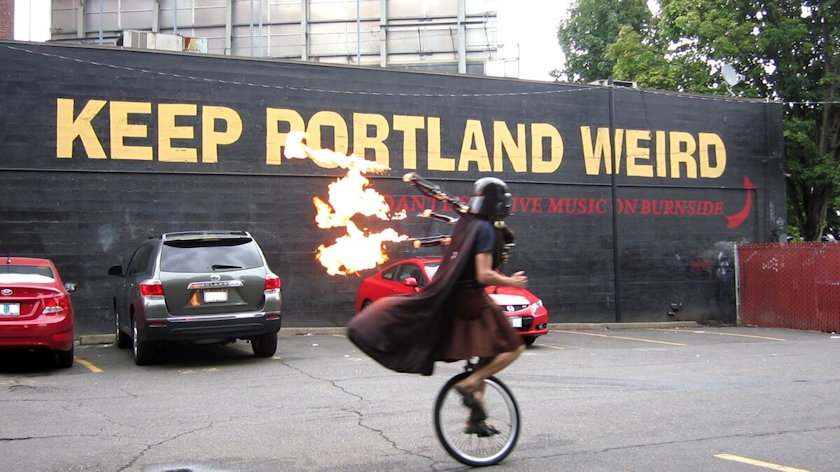
There is an actual organization with the moniker “Keep Portland Weird!” Don MacLeod, owner of “Music Millennium”, one of the oldest record stores in the Northwest, founded “Keep Portland Weird” to help keep one of the main sources of PDX weirdness- its unique local businesses- alive.

Oaks Amusement Park in the Sellwood District is full of fun facts and history! It was built in 1905 as a trolley park, and has operated continuously since then. As the park is located on the Willamette River, it sometimes floods. The skating rink floor is built on pontoons so it can be detached, float above the water, and be reattached after the flood subsides. Craziness!
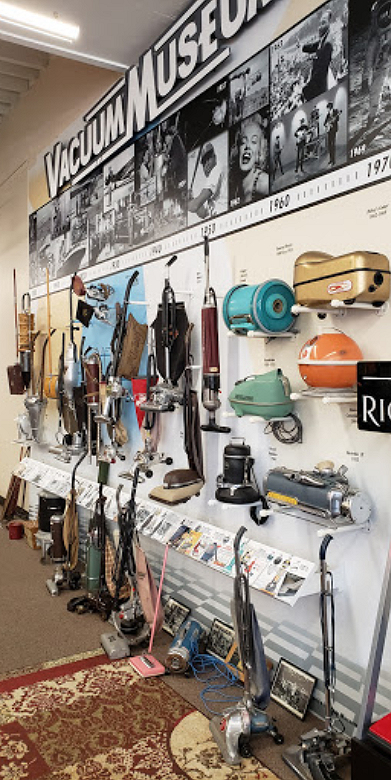
If you are looking for some good clean fun in Portland, you might want to spend some time at the Vacuum Cleaner Museum. This museum, located in Stark’s Vacuum Cleaner’s store at 107 NE Grand Ave., houses over 300 vacuums. Just don’t walk in and tell them their museum sucks…(haha)
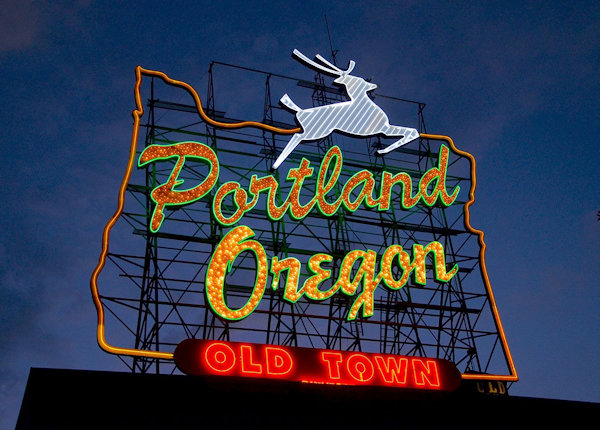
The name of the city of roses was decided by a coin toss! It was a decision between the hometowns of two men, one from Boston, MA and the other from Portland, ME. Obviously, the latter won…
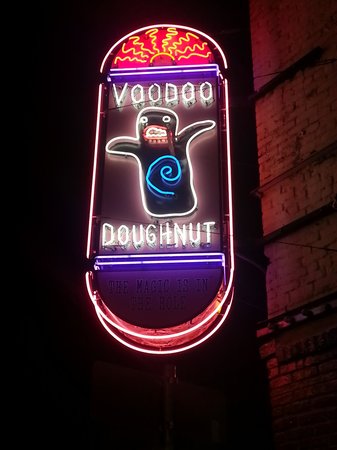
They offer legal marriage ceremonies at Voodoo Doughnuts. That is SO Portland!
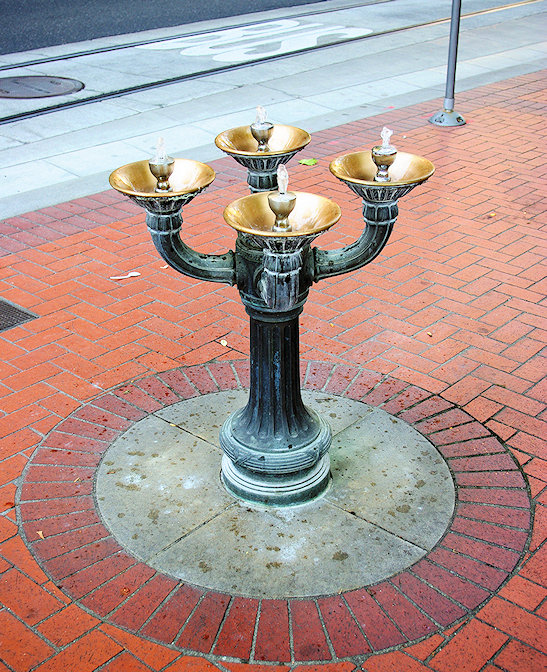
The “Benson Bubblers” you see around downtown Portland were donated to the city as an alternative to drinking in the pubs.
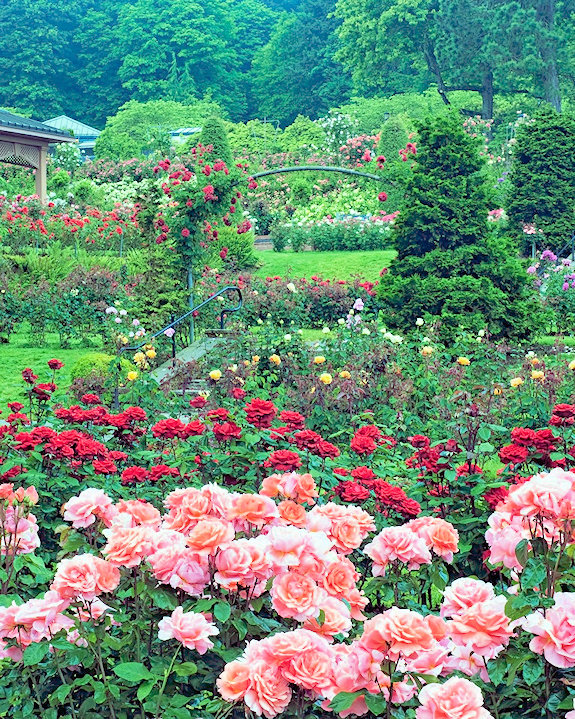
The International Rose Test Garden has over 500 different types of roses that have grown since 1917.
*Trivia courtesy of www.funtrivia.com
